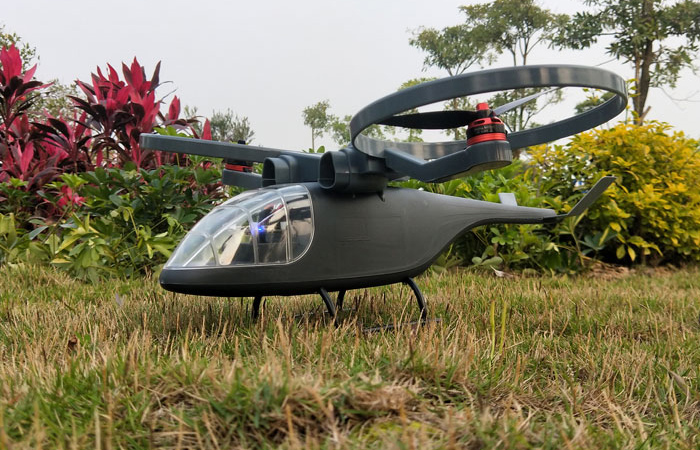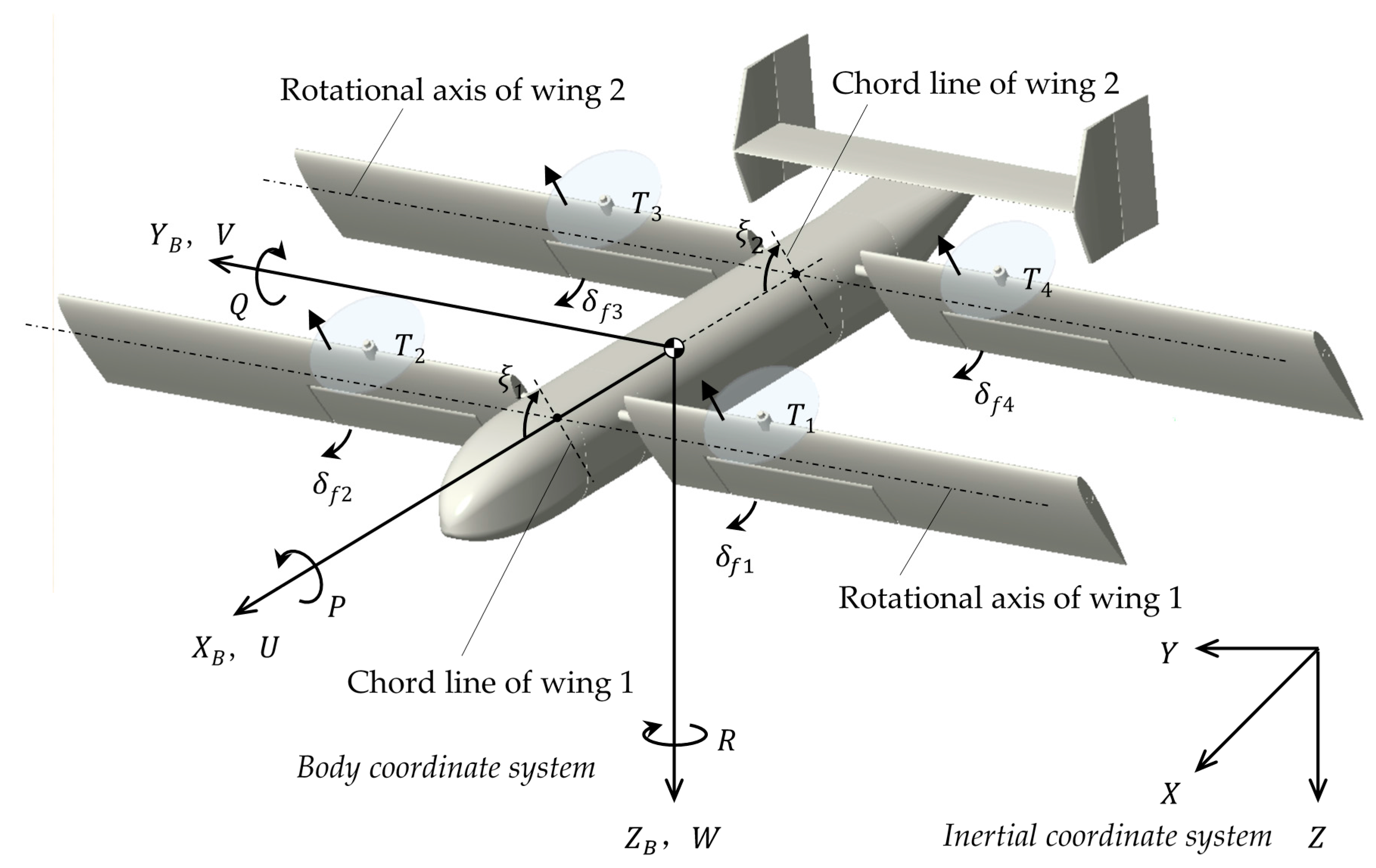
One of the most significant aerodynamic factors limiting the speed of a helicopter is a phenomenon known as ‘retreating blade stall.’ As the helicopter’s forward speed increases, the retreating blade will reach a point where the blade tip, the area of the blade rotating the fastest reaches its critical angle and stalls, causing loss of lift, buffet, vibrations and ultimately loss of control. Most of the rotary-wing machines today are limited to speeds of approximately150 knots at the top end and a range of around 350 Nautical Miles. However, due to the engineering and aerodynamic constraints related to helicopters, the design approaches over the years have not yielded any significant results. Computer Measurement & Control, 2013, 21(5): 1236-1239.Ever since the development and flight of the first practical helicopter, the VS-300 in 1943 by Igor Sikorsky, the father of modern helicopters, thousands of man-hours and billions of dollars have been spent on improving the helicopter design in order to make it fly farther and faster. Application of nonlinear dynamic inversion to design of flight control laws. Journal of Guidance Control & Dynamics, 2016, 39(3): 1-12. Control law design of hypersonic vehicle based on incremental dynamic inversion [J]. Attitude control of underwater vehicle out of water based on implicit nonlinear dynamic inversion [J]. Implicit NDI robust nonlinear control design with acceleration feedback. ∥Proceedings of 2016 IEEE/RSJ International Conference on Intelligent Robots and Systems. ∥Proceedings of AIAA Guidance, Navigation, and Control Conference. ∥ Proceedings of International Conference on Control, Automation and Systems.Seoul, Korea: IEEE, 2007:1629-1633. Finite-time switching control for flight mode transition of tiltrotors. Journal of Harbin Institute of Technology, 2014, 46 (1): 121-128. Design of redundant manipulation control strategy for unmanned tiltrotor aircraft. Research on optimal control allocation of fixed-wing VTOL UAVs in transition maneuver[J].Acta Armamentarii,2019,40(2):314-325.(in Chinese) Model-free adaptive attitude controller for a tilt-rotor aircraft.




Control of tilt rotor unmanned aerial vehicle during mode transition. ∥Proceedings of the 10th IEEE International Conference on Industrial Informatics.Beijing, China: IEEE, 2012: 248-253. Washington, DC, US: the Superintendent of Documents, U.S. Fault tolerant flight control system for the tilt-rotor UAV.


 0 kommentar(er)
0 kommentar(er)
